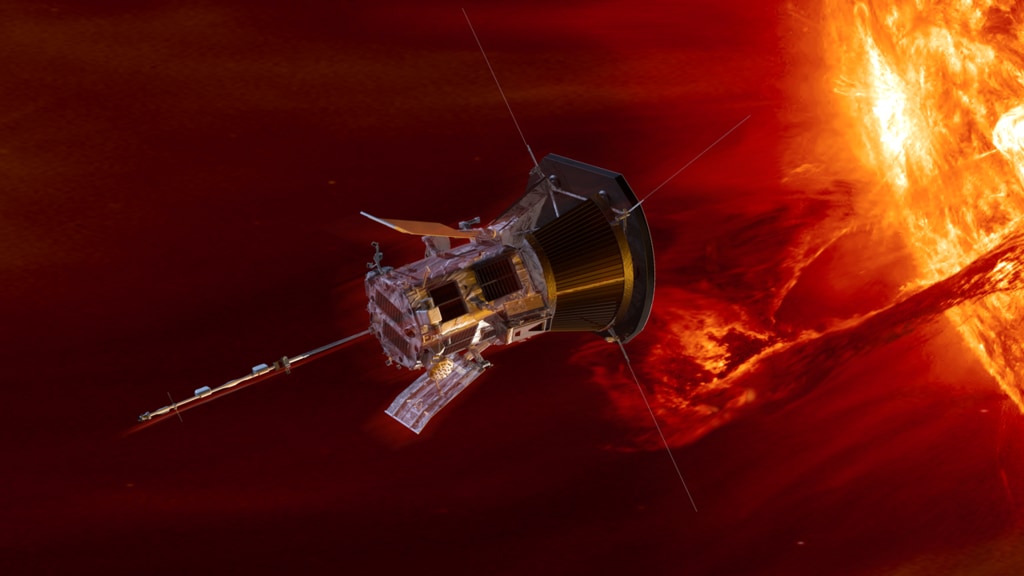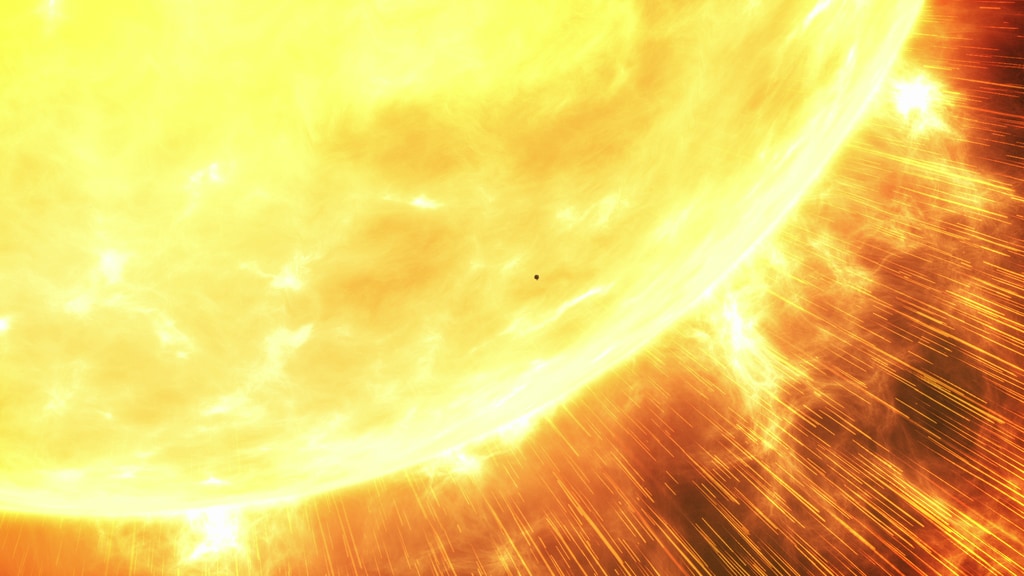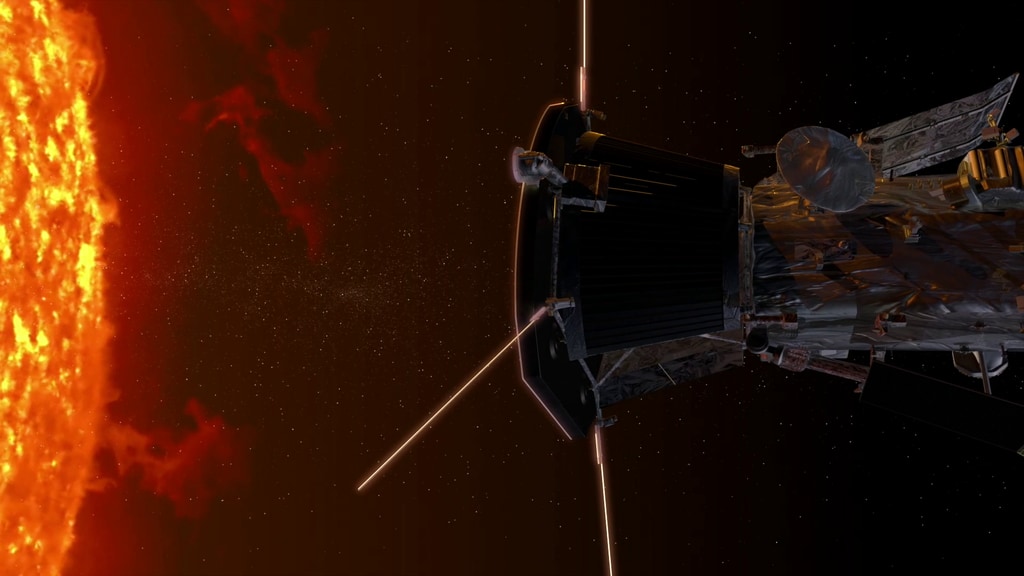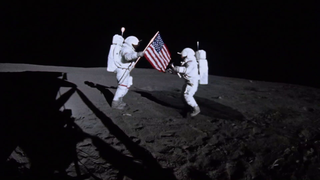Earth
Sun
ID: 13001

We've been studying the Sun from afar for decades, and Parker Solar Probe will finally go where the action is. Our Sun is far more complex than meets the eye: The Sun's atmosphere constantly sends magnetized material outward, enveloping our solar system far beyond the orbit of Pluto and influencing every world along the way. The impact of solar activity on Earth and other worlds are collectively known as space weather, and the key to understanding its origins lies in understanding the Sun itself. NASA and the Johns Hopkins Applied Physics Laboratory's Parker Solar Probe launches in August 2018 to the Sun to make direct measurements of the Sun's corona where outgoing material, known as the solar wind, originates. Though we largely grasp the solar wind's origins on the Sun, we know there is a point – as-yet unobserved – where the solar wind is accelerated to supersonic speeds. Scientists also hope to learn the secret of the corona's enormously high temperatures. The visible surface of the Sun is about 10,000 F – but, for reasons we don't fully understand, the corona is hundreds of times hotter, spiking up to several million degrees F. This is counterintuitive, as the Sun's energy is produced at its core. The spacecraft's instruments should also shed light on the mechanisms at work behind the acceleration of solar energetic particles, which can reach speeds more than half as fast as the speed of light as they rocket away from the Sun. Watch the videos to learn more.



Parker Solar Probe




Related Material
Story Credits
Visualizers/Animators:
Steve Gribben (Johns Hopkins University/APL )
Brian Monroe (USRA)
Josh Masters (USRA)
Michael Lentz (USRA)
Mary P. Hrybyk-Keith (TRAX International)
Walt Feimer (KBR Wyle Services, LLC)
Adriana Manrique Gutierrez (USRA)
Tom Bridgman (Global Science and Technology, Inc.)
Producers:
Genna Duberstein (USRA)
Michael Starobin (KBR Wyle Services, LLC)
Scientist:
Betsy Congdon (Johns Hopkins University/APL)
Lead Writer:
Sarah Frazier (ADNET Systems, Inc.)
Steve Gribben (Johns Hopkins University/APL )
Brian Monroe (USRA)
Josh Masters (USRA)
Michael Lentz (USRA)
Mary P. Hrybyk-Keith (TRAX International)
Walt Feimer (KBR Wyle Services, LLC)
Adriana Manrique Gutierrez (USRA)
Tom Bridgman (Global Science and Technology, Inc.)
Producers:
Genna Duberstein (USRA)
Michael Starobin (KBR Wyle Services, LLC)
Scientist:
Betsy Congdon (Johns Hopkins University/APL)
Lead Writer:
Sarah Frazier (ADNET Systems, Inc.)
Please give credit for this item to:
NASA's Scientific Visualization Studio
NASA's Scientific Visualization Studio
Short URL to share this page:
https://svs.gsfc.nasa.gov/13001
Mission:
Parker Solar Probe
Keywords:
SVS >> HDTV
SVS >> Solar Wind
SVS >> Space Weather
SVS >> Solar Dynamics Observatory
SVS >> Heliophysics
SVS >> Corona
SVS >> App
NASA Science >> Earth
NASA Science >> Sun
https://svs.gsfc.nasa.gov/13001
Mission:
Parker Solar Probe
Keywords:
SVS >> HDTV
SVS >> Solar Wind
SVS >> Space Weather
SVS >> Solar Dynamics Observatory
SVS >> Heliophysics
SVS >> Corona
SVS >> App
NASA Science >> Earth
NASA Science >> Sun








